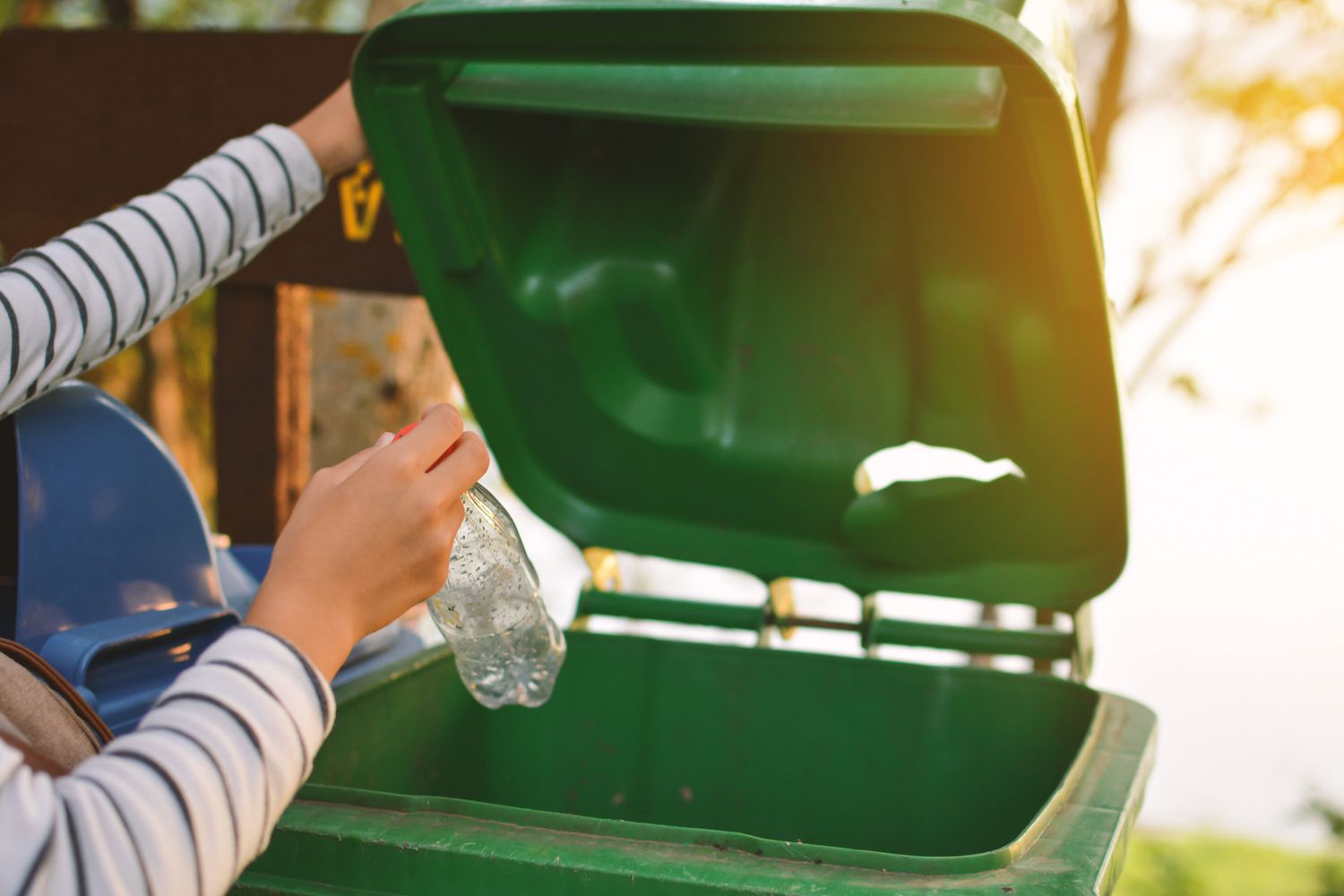Recycling plastic bottles manufactured from polyethylene terephthalate (PET), these used for bottled water and delicate drinks, is taken into consideration an enterprise success story. Primarily based on a severe distributor, the enterprise claims a 30.8% recycling cost, which is solely exceeded by aluminum and cardboard. Primarily based on the Nationwide Affiliation for PET Container Sources (NAPCOR), the utilization of recycled PET—often known as RPET—is rising on account of an enterprise that is attempting to go inexperienced.
“This continued enhance of postconsumer RPET utilization in bottles and jars is encouraging, and components to a dedication in direction of a spherical monetary system by mannequin owners,” talked about Tom Busard, chairman of NAPCOR. And there are definitely ensures to make use of additional PRET: We’ve now reported beforehand that Coca-Cola is promising to make use of fifty% recycled supplies in its packaging by 2030.
Recycling PET is troublesome and dear, nevertheless the enterprise claims that “recycling plastic bottles into new merchandise save 50% to 60% of the facility that will likely be required to make the an identical product from raw provides.” It makes use of RPET for the same causes it invented recycling throughout the first place: as a safety in direction of bottle bans and compulsory deposits. It’s really performative and political.
Now, a model new study revealed throughout the Journal of Hazardous Provides suggests “the safety implications arising from reprocessing of PET bottles keep underexplored.” The researchers from Brunel Faculty in London found that as many as 150 meals contact chemical compounds (FCCs) may presumably be migrating into the contents of bottles, and that “bigger migration of Sb [antimony] and Bisphenol A [BPA] has been reported in recycled (rPET) as compared with virgin PET.”
That’s odd on account of whereas antimony is a catalyst used throughout the manufacturing of PET resin and has been talked about and argued about for years, BPA is utilized in polycarbonates and in epoxies lining cans, nevertheless has no operate throughout the manufacturing of PET. It shouldn’t be there the least bit. The researchers advocate contamination:
“The presence of phthalates and BPA in PET bottles might come up from the gear, and raw supplies contamination throughout the bottling manufacturing unit (virgin PET) along with cross-contamination all through disposal, assortment, and reprocessing (post-consumer PET bottle to rPET).”
In actuality, a number of the chemical compounds found by the researchers seem to be there as a consequence of contamination, whether or not or not from chemical compounds throughout the labels or terrible recycling practices the place the bottles are mixed up with each half else. It’s inconceivable to know what is certainly in any given batch of RPET:
“You will want to bear in mind that the exact chemical composition of rPET is definitely not acknowledged till measured. Positive hazardous FCCs may or won’t be present in rPET out there in the marketplace and solely a case-by-case analysis can arrange the presence, ranges and safety risks of potential contaminants of concern.”
The researchers identify for a larger recycling system that begins with deposit return schemes (DRS), which is what the enterprise has been stopping so laborious throughout the first place. Nonetheless, DRS ends in cleaner bottles.
“Utilizing DRS is a step within the correct path nevertheless requires funding and consideration of the place reverse merchandising machines must be positioned. Forward-thinking and collaborative initiatives are required for making it easy for consumers, throughout the household and on the go, to offer away, or drop into fully completely different assortment components (possibly small retailers), their PET bottle waste for a deposit, considerably than disposing of it to highway bins.”
The researchers conclude that if we will make new bottles out of recycled PET, we now should do a quite a bit higher job of it with:
- design-for-recycling that avoids contamination from printing inks and adhesives on the labels;
- managed storage conditions that account for time, UV publicity, and temperature, all of which may permit further leaching;
- improved assortment, sorting, reprocessing, and super-cleaning, which entails “three typical processing steps: high-temperature remedy; vacuum or inert gas remedy; and ground remedy with non-hazardous chemical compounds”;
- revisiting guidelines and chemical menace analysis
They conclude that the aim should be “a purposeful monetary system the place wasted belongings uncover their technique once more into the system with the least trade-offs, notably these associated to effectively being and safety.”
None of this sounds low price. And the enterprise is extra prone to downside it: The whole degree of using RPET is political, as is their drive for chemical recycling, as a result of the enterprise tries to hijack the spherical monetary system. They want us to take care of purchasing for disposables and this all makes us and governments be pleased with them. Nonetheless nobody goes to buy them if they aren’t sure they’re safe.
Analysis creator Eleni Iacovidou of Brunel Faculty talked about the right issue we’ll do is simply use a lot much less of the stuff.
“All of us have a accountability to bear. We’ve to start occupied with recommendations on the way to cease the utilization of PET bottles in our households by investing, as an illustration, in water filters, or big water containers and learning recommendations on the way to eradicate our plastic waste appropriately,” talked about Iacovidou in a press launch. “If we reduce our consumption of PET then we’ll drive change extra up the system. A lot much less demand equals a lot much less manufacturing throughout the first place.”
